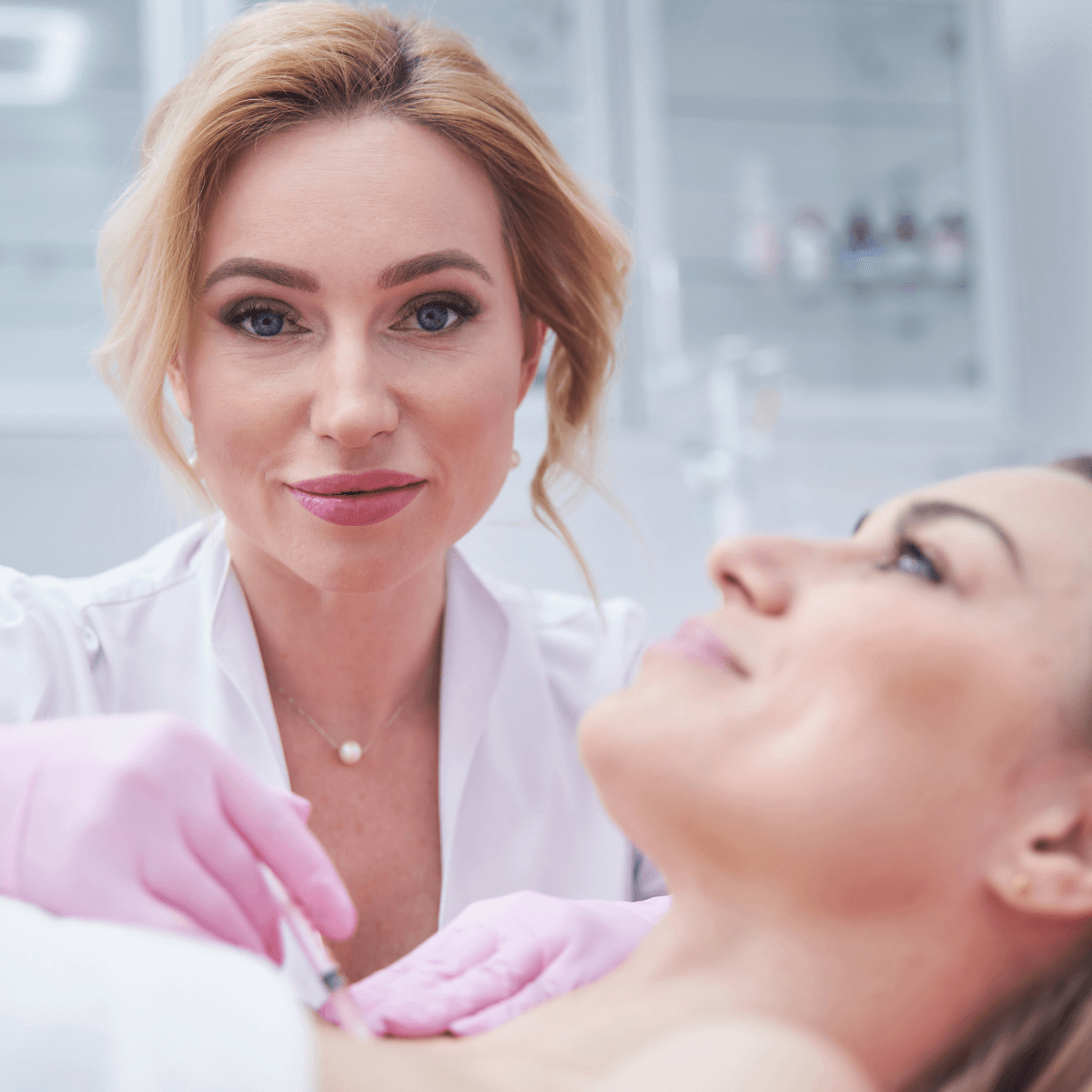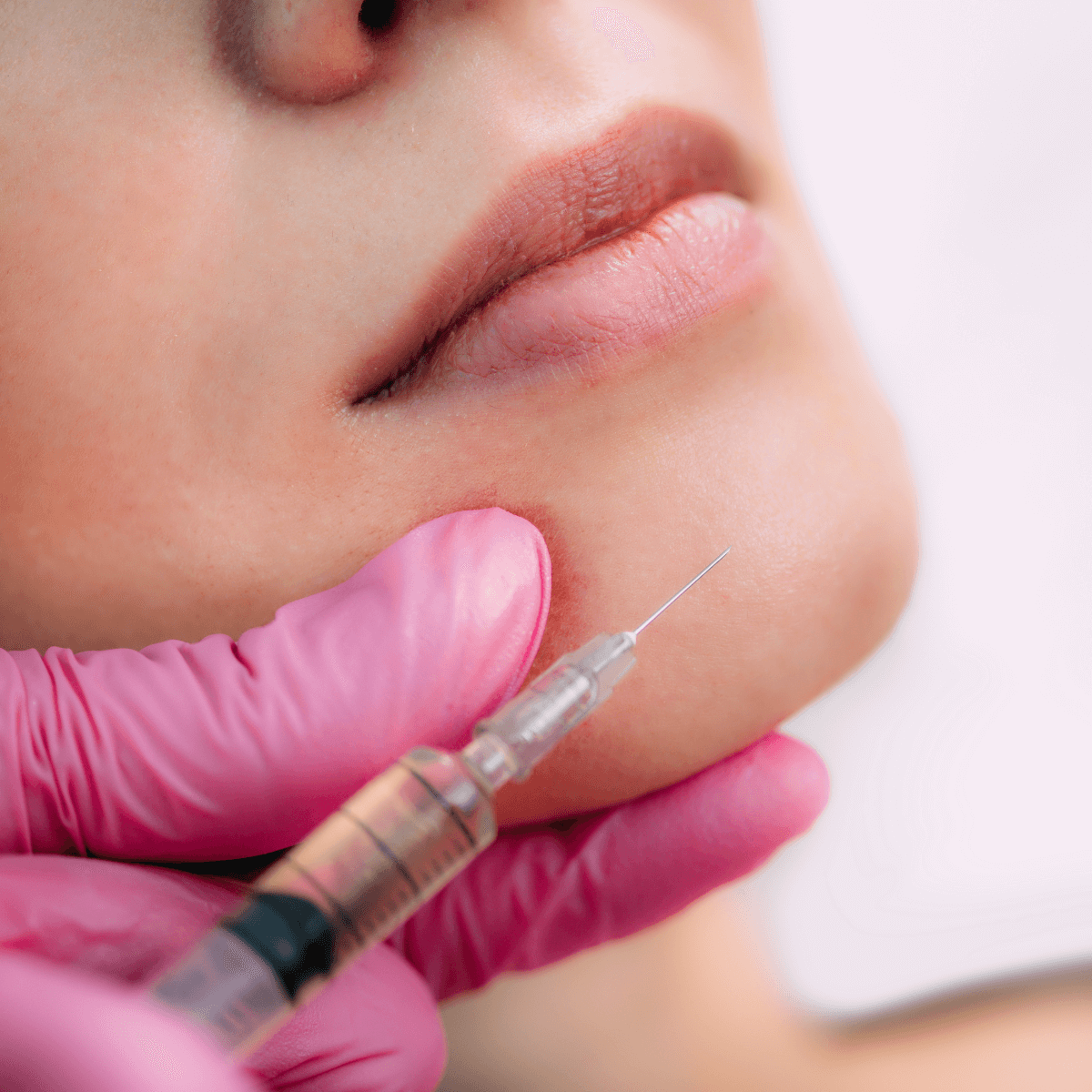In the quest for youthful radiance, filler injections have become a popular choice, offering instant volume and smoothness. However, post-treatment swelling can be an unwelcome side effect, causing discomfort and temporary dissatisfaction. Understanding the best practices to minimize swelling can enhance your overall experience and results. From pre-treatment preparations to effective aftercare strategies, our comprehensive guide explores expert tips and proven techniques to help you manage and reduce swelling after filler injections. Discover how to maintain your glow and enjoy the full benefits of your cosmetic enhancement with confidence and ease.
Contents
Which types of fillers cause swelling?
Swelling after injection fillers is a common and expected response, typically occurring within the first few days following the procedure. This reaction is not due to the type of filler used, but rather a natural response to the injection process itself. When a filler is injected, the skin and underlying tissues experience a minor trauma. The needle punctures the skin and disturbs the tissue, prompting the body’s natural healing mechanisms to kick in.
The initial swelling is a result of this localized trauma and the body’s inflammatory response. Blood vessels in the treated area become more permeable, allowing fluids to leak into the surrounding tissues, which leads to swelling. Additionally, the physical presence of the filler adds to the volume under the skin, contributing to the overall puffiness observed post-injection.
Moreover, the injection process can cause micro-injuries to blood vessels, resulting in minor bleeding and subsequent swelling. Even with the most skilled practitioner, some degree of swelling is unavoidable as it’s part of the body’s attempt to heal and protect the treated area.
Understanding that all fillers, regardless of their composition, can cause swelling helps set realistic expectations. It’s important to follow aftercare instructions provided by your practitioner to manage and minimize this swelling, ensuring a smoother recovery and optimal results.

What can the dermatologist do to help reduce swelling after the procedure?
Firstly, choosing the right injection technique is crucial. Dermatologists should opt for a slow and steady injection method to minimize tissue trauma. Using a cannula instead of a needle can also help, as it is less likely to cause bruising and swelling.
Pre-procedure preparation is another essential step. Dermatologists should advise patients to avoid blood-thinning medications, such as aspirin and ibuprofen, as well as supplements like vitamin E and fish oil, for at least a week prior to the treatment. These substances can increase the risk of bruising and swelling.
During the procedure, the application of a topical anesthetic with vasoconstrictors can reduce pain and subsequent swelling by constricting blood vessels. After the injection, applying ice packs to the treated area can help constrict blood vessels and reduce immediate swelling.
Post-procedure, dermatologists should recommend patients avoid strenuous exercise, excessive sun or heat exposure, and alcohol for at least 24 hours, as these can exacerbate swelling. Providing patients with clear aftercare instructions, including the use of over-the-counter anti-inflammatory medications, can further aid in managing swelling. By following these best practices, dermatologists can help ensure a smoother recovery process and better overall outcomes for their patients.
Do some body parts swell more after filler treatment than others?
Certain areas, such as the lips, tend to swell more after filler injection procedures compared to other body parts due to their unique anatomical and physiological characteristics. The lips are highly vascular, meaning they have a rich supply of blood vessels. This vascularity makes them more prone to swelling and bruising, as the increased blood flow can lead to more fluid accumulation in the tissues following the injection.
Additionally, the skin on the lips is thinner and more delicate than other areas, making it more sensitive to trauma from the needle or cannula. The lips also contain a high concentration of nerve endings, making them more reactive to the procedure. This sensitivity can trigger a more pronounced inflammatory response, leading to greater swelling.
Another important factor is that the lips are constantly in motion due to talking, eating, and facial expressions, which can exacerbate swelling by causing more irritation to the treated area. This continuous movement can prevent the injected filler from settling smoothly and may prolong the swelling duration. Understanding why the lips and other specific areas swell more helps set realistic expectations and underscores the importance of following post-procedure care instructions.

Post-care tips to follow for optimal results from your filler treatment
After receiving filler injections, proper post-care is crucial for enhancing the appearance of results, minimizing swelling, and prolonging the life of the filler. Here are some expert-recommended best practices:
- Apply Ice Packs: Use ice packs on the treated area for 10-15 minutes at a time, several times a day during the first 24-48 hours to reduce swelling and discomfort.
- Stay Hydrated: Drink plenty of water to help your body heal and maintain skin hydration, which can enhance the filler’s effects.
- Avoid Strenuous Activities: Refrain from intense exercise, heavy lifting, and other strenuous activities for at least 24-48 hours post-treatment to minimize swelling and bruising.
- Keep Upright: Stay upright for the first 4-6 hours after the injection to help prevent the filler from migrating.
- Skip Alcohol and Caffeine: Avoid alcohol and caffeine for 24 hours post-treatment as they can increase swelling and bruising.
- Use Gentle Skincare: Opt for mild, non-irritating skincare products. Avoid facials, massages, and exfoliating treatments for at least a week to prevent irritation.
- Sleep Elevated: Sleep with your head elevated on pillows for the first few nights to reduce swelling.
- Avoid Touching the Area: Refrain from touching, pressing, or massaging the treated area unless instructed by your dermatologist to ensure the filler settles properly.
- Protect from Sun Exposure: Use sunscreen and avoid prolonged sun exposure to prevent pigmentation changes and prolong the filler’s life.
- Follow Up: Schedule a follow-up appointment with your dermatologist to monitor your progress and address any concerns.
By sticking to these post-care practices, you can achieve optimal results, reduce swelling, and enjoy the benefits of your filler treatment for a longer period.


